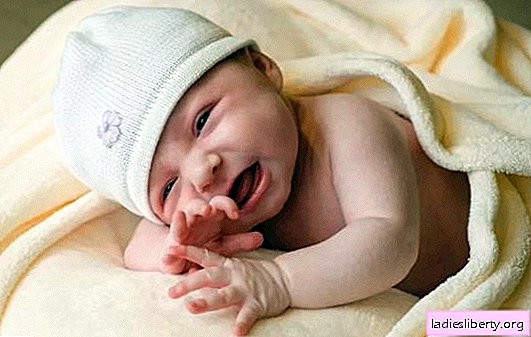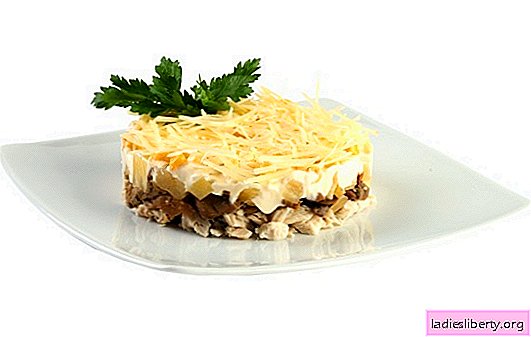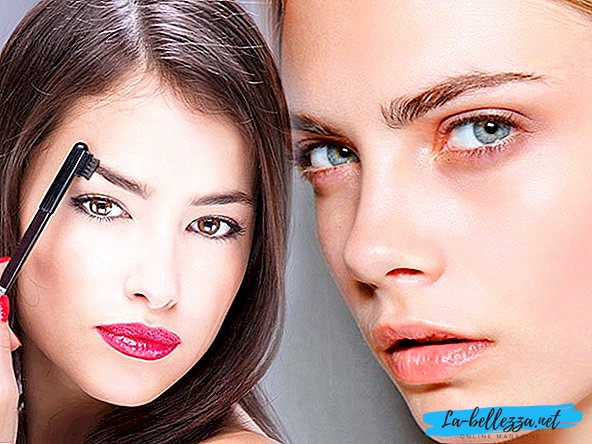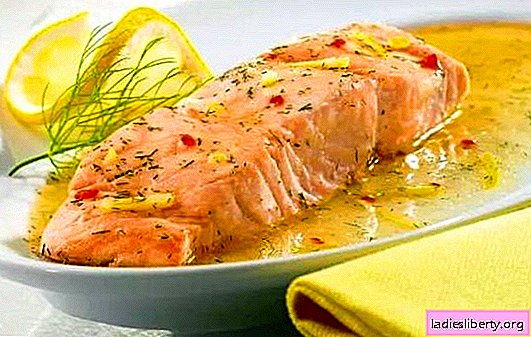
Parents get anxious when a newborn chin tremor is suddenly detected (uncontrolled muscle contraction). When asked why the chin is shaking in a newborn, they often turn to a pediatrician and find out that such kind of twitching is observed in all children immediately after birth. This applies to physiological phenomena, as well as often detected tremor of the extremities.
If the newborn shakes his head, there are most likely neurological problems, and in such cases a specialist consultation is needed.
To find out why the chin is shaking in the newborn, it is recommended to consult a neurologist who will finally determine the cause. In addition, it is necessary from the moment the child turns one month old to undergo scheduled medical examinations of doctors.
Physiological Tremor of the Chin of the Newborn - Causes
According to experts all over the world, tremor of a chin of a newborn arises in connection with insufficiently developed:
• nervous system;
• endocrine organs.
It is known that all movements are controlled by the nerve centers of the brain, which in the newborn are still in the developmental stage. Involuntary muscle contractions are also caused by a sharp rise in the blood level of norepinephrine (hormone of the adrenal cortex) during strong emotions in the child: the reason is the incompletely formed substance of the adrenal cortex. This occurs during both positive and negative disturbances of the baby.
The picture is especially pronounced in premature babies. Their organs and systems are in a more undeveloped state than in children born in a normal period. After the baby is born, the formation of the nervous system is much slower than in the womb. Therefore, tremor of the chin and limbs in premature infants continues for a long time.
Variety of other reasons
The cause of tremor of the chin of a newborn can be any psycho-emotional excitement. For a child, even bathing or feeding is stress, to which the unformed nervous system reacts with crying and twitching of the chin and limbs. Such discomforts include any discomfort:
• pain with flatulence;
• hunger;
• fatigue;
• wet diaper;
• uncomfortable temperature (cold or heat);
• loud sounds;
• unpleasant odor;
• bright light;
• rapid sharp movement in the immediate vicinity of the child.
The list of causes that cause this condition is long, since any external stimulus can cause a similar reaction in a newborn.
The physiological tremor of the chin of the newborn passes after reaching the age of three months. In premature babies, the process of the final formation of the nervous system requires much longer.
Pathological tremor - causes
A twitching of the chin in an infant can also be associated with impaired normal development of organs and systems. The main causes of pathological tremor are disorders of the brain and central nervous system. These include violations caused by:
• intrauterine infection;
• birth injury;
• hypoxia resulting from entwining the fetus with an umbilical cord, placental abruption, or bleeding;
• Violations of the normal birth process - polyhydramnios, the risk of miscarriage, weak labor or rapid labor;
• stress during pregnancy - norepinephrine, which is produced in this case by the mother’s adrenal glands, enters the fetal blood through the umbilical cord and causes disturbances in the development of the nervous and endocrine systems.
Alarming symptoms
Pathological muscle twitching is different in its manifestations from the physiological tremor of the chin of newborns. It is necessary to consult a pediatrician or neurologist in the following cases when it is observed:
• trembling not only the chin and limbs, but also the head;
• causeless tremor that occurs at rest;
• intense twitching of the whole body - the child "pounds";
• relatively long shiver episode time (more than 30 seconds);
• tremor is repeated at regular intervals for several days or weeks in a row;
• asymmetric tremor: when one handle or leg of a child twitches at the same time as the chin.
These situations require immediate medical examination and, if necessary, treatment measures. Only a specialist will be able to determine the exact reason why the chin is shaking in the newborn, and give appropriate recommendations. You can not self-medicate, so as not to worsen the condition of the baby.
Complications of tremor after self-medication
The seemingly harmless jerking of the chin can threaten the newborn with a number of complications:
• retardation of normal development (physical and mental);
• impaired intelligence;
• the development of cerebral palsy.
To avoid this, you need to carefully monitor the child: how often trembling occurs, how long it lasts, at what moments appears. All this is important for accurately determining what is happening with the newborn, and will help to detect pathology in time, and not to miss alarm signals.
If any pathology is detected, you need to go through all the recommended examinations and then carefully follow all the prescribed medical procedures.
What to do if a chin shakes in a newborn
In addition to treating the main pathology that caused the appearance of tremor, it is possible to carry out procedures at home that will reduce high muscle tone, remove stress and arousal of the child and ease his condition. The child can help:
The use of herbs
Herbs. Decoctions of individual soothing herbs or fees well affect the nervous system, if used for bathing. Commonly used for this purpose:
• lemon balm;
• mint;
• chamomile;
• lavender;
• motherwort.
In order not to cause allergic reactions, one bath per week is enough.
Swimming and swimming
Swimming. For a newborn, this procedure is carried out in the bathroom. It well strengthens the musculoskeletal and nervous system. If the baby in the first days after birth does not like water, in the future he will get used to it and will tolerate the procedure well.
Massage
Therapeutic gymnastics and massage. These are the most affordable and effective means that can be carried out independently after consulting a doctor. They always end with a positive result. It is important to clearly follow the prescribed procedures. During the massage, it is required to correctly perform only 4 movements:
• easy stroking;
• grinding;
• kneading;
• vibration.
The basic rule of effective and competent massage is to carry out all movements from the periphery to the center (to the joints of the child) and observe smooth movements.
Massage is performed while the child is awake. Preliminary, the room is ventilated for half an hour. In warm weather, it is recommended to carry out the procedure with the window open. For massage, you can not use powder, aromatic oils or creams. They can clog pores of delicate baby skin. Conventional daily moisturizers are used. The hands of the masseur should be clean, dry and without rings or watches so as not to injure the child.
If baths and swimming can be carried out without outside help, then it is better to entrust the massage to a specialist. Although after several training sessions, you can cope with this task yourself in the shortest possible time.
Calm in the family
Calmness in the family and the love of parents is perhaps the main condition for successful treatment. The main task during the neonatal period is to create a calm regime of the day, a friendly environment, and establish a calm sleep for the child.
Drug therapy
In complex cases, drug therapy may be required. Antihypoxants (drugs that stimulate the flow of oxygen to tissues, especially the brain), midcalm, glycine are prescribed as a pediatrician or neurologist.
To get rid of tremor, it is necessary to influence the cause that causes it. It must be remembered that any condition of the child can be corrected and cured if you contact a pediatrician in a timely manner.











